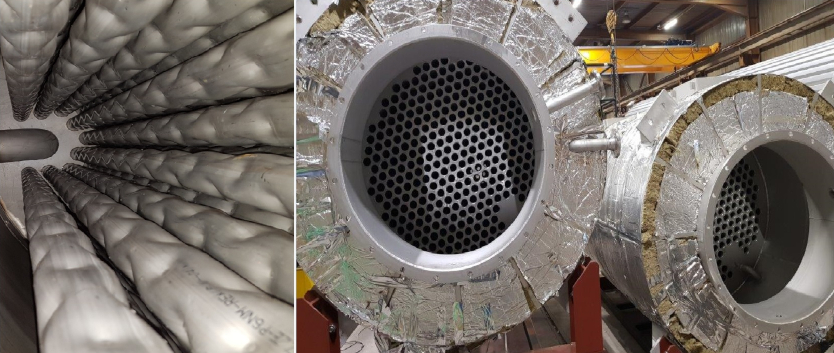
Over the next four years, two new RPT--Reversible Pump-Turbine prototypes will be developed.
© PARAT Halvorsen AS
Renewable energy generation is subject to fluctuations and doesn’t always meet the demands of industrial or household usage. In areas with pronounced differences in altitude, pumped power plants have provided an effective energy storage solution for some time. Here, water is pumped to reservoirs on higher ground when there is excess electricity production, and the water flows back down through turbines when it is needed ). Now an international collaboration between scientists and the private sector aims to develop pumped storage plants (PSC) for watery, lowland regions.
The ALPHEUS project, which was set up by the Technical University of Delft (Netherlands) in close collaboration with the Technical University of Braunschweig in Lower Saxony, brings together researchers from the fields of mechanical, electrical and civil engineering to work on the challenge of developing Reversible Pump-Turbine (RPT) technology that can operate efficiently in both pump and turbine mode at low heads. Over the next four years, two new RPT prototypes will be developed with funding from the EU’s Horizon 2020 programme.
The structural aspects of the project will be handled by five partners: the TU (which has received circa EUR 1 million funding towards it), alongside the University of Stuttgart, the TU Delft, the IHE Delft Institute for Water Education, the University of Pau (France) and the Adour region. Firstly, they will analyse suitable sites on EU coastlines – for example, existing pump systems and basins – and then develop concepts and cost/risk analysis.
The electrotechnical side will be dealt with by the TU Braunschweig’s Institute for High Voltage
Engineering and Electrical Power Systems ( elenia ) in concert with the University of Ghent (Belgium) and the University of Uppsala (Sweden). This team will work out how the RPTs will integrate into the grid and model the impact on power flow.
The results of all models will be amalgamated and fed into the development of a connected 10 megawatt prototype RPT, equivalent to the capacity of a large wind turbine.


